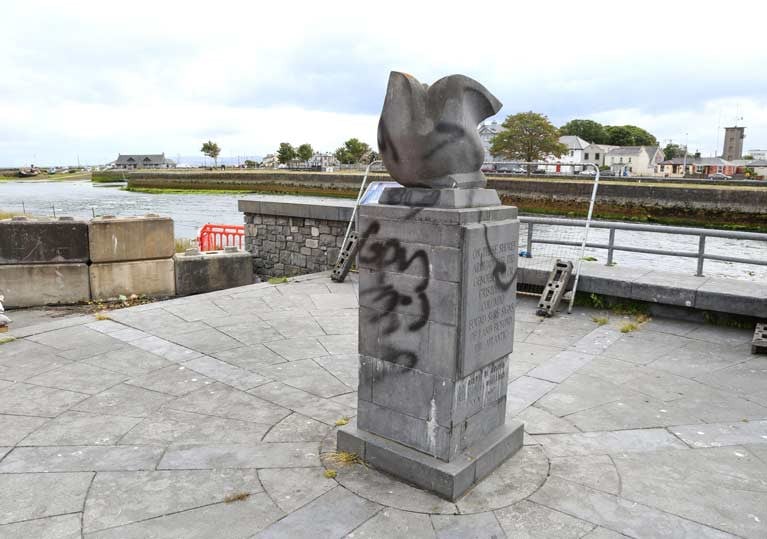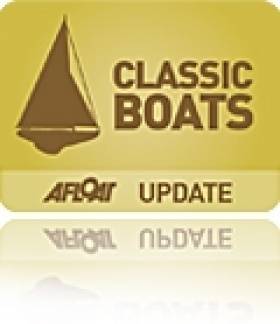Displaying items by tag: Christopher Columbus
Damage to Columbus Monument in Galway Condemned
A former Italian honorary consul has expressed disappointment at damage to a monument marking explorer Christopher Columbus’s links to Galway.
A Labour city councillor, Niall MacNelis, has also condemned the spraying of black paint on the monument, and says he has reported the matter to the Garda Siochána.
Adriano Cavalleri was honorary consul to Galway when the monument was unveiled in 1992 to mark the 500th anniversary of Columbus’s voyage to the Americas.
Mr Cavalleri explained it was intended to celebrate the navigation skills of Columbus and his crew, and the fact that he is believed to have docked in Galway port in 1477.
Late Italian historian and Columbus biographer Paolo Emilio Taviani had established that Columbus had called to the port and received chart information, Mr Cavalleri said.
“We wished to celebrate these maritime skills, and the link between Galway and Genoa where Columbus was from,” Mr Cavalleri said.
The Columbus monument was donated by the city of Genoa, and its installation close to the Spanish Arch was supported by the Italian Cultural Institute.
Earlier this week, People Before Profit called on Galway City Council to remove monuments which “glorified slavery and racism”, including the Columbus monument.
It also criticised a plaque in Tuam honouring Major Richard (Dick) Dowling who served with the Confederate Army in the US.
Cllr MacNelis said that conflating Columbus’s visit to Galway in 1477 with slavery did “no service to the Black Lives Matter campaign”.
“If this is the approach, where do we stop – does this mean we don’t remember the Galway soldiers who lost their lives while fighting abroad,” Cllr MacNelis said.
#SantaMaria - Christopher Columbus' voyage of discovery to the Americas more than 500 years ago is almost the stuff of legend today - but now marine archaeologists think they've found the remnants of his flagship, the Santa Maria.
The potential find off the north coast of Haiti - on what was then known as the island of Hispaniola - could give us a tangible connection to the stories we all learned at school about the Nina, Pinta and Santa Maria.
As The Independent reports, top archaeological investigator Barry Clifford says "all the geographical, underwater topography and archaeological evidence strongly suggests that this wreck is Columbus’ famous flagship."
And it's only happened because of a fresh look at images of the wreck taken more than 10 years ago, in the context of new dives to the site earlier this month.
Sadly the return dives saw various artefacts were missing, presumed raided by looters.
But it's hoped that the ship itself, if it is indeed confirmed as the one Columbus sailed to the New World in 1492, might be preserved in such a state that it could be raised and become an important tourist attraction for impoverished Haiti.
The Independent has much more on the story HERE.






























































